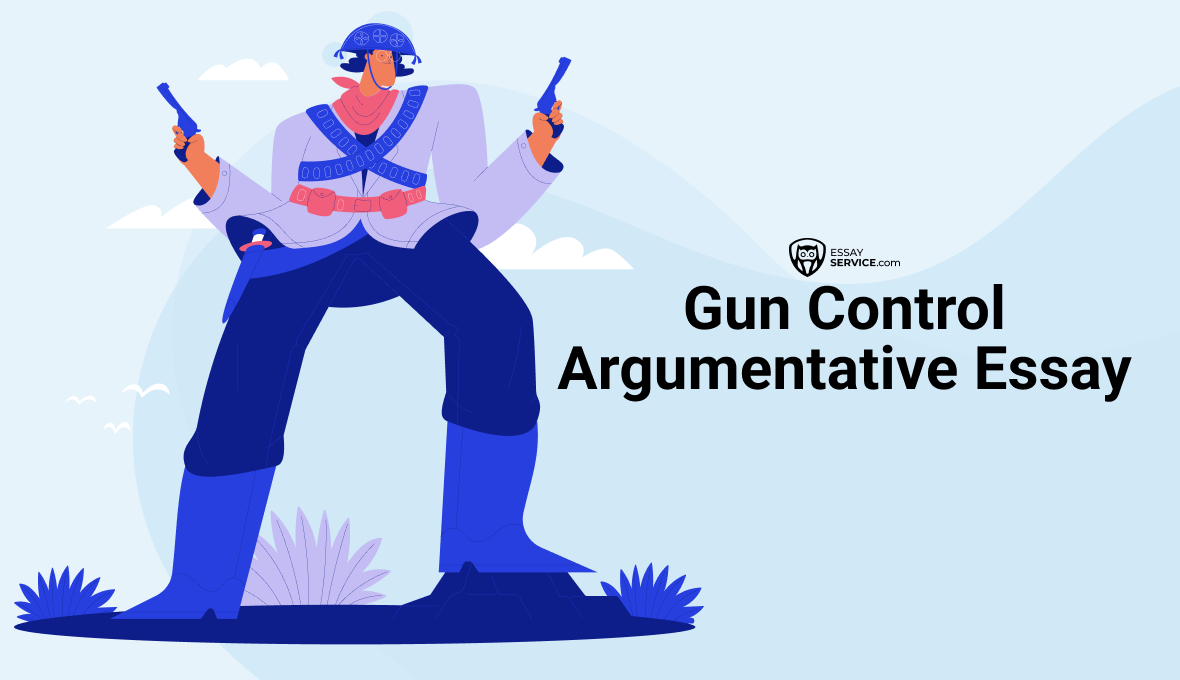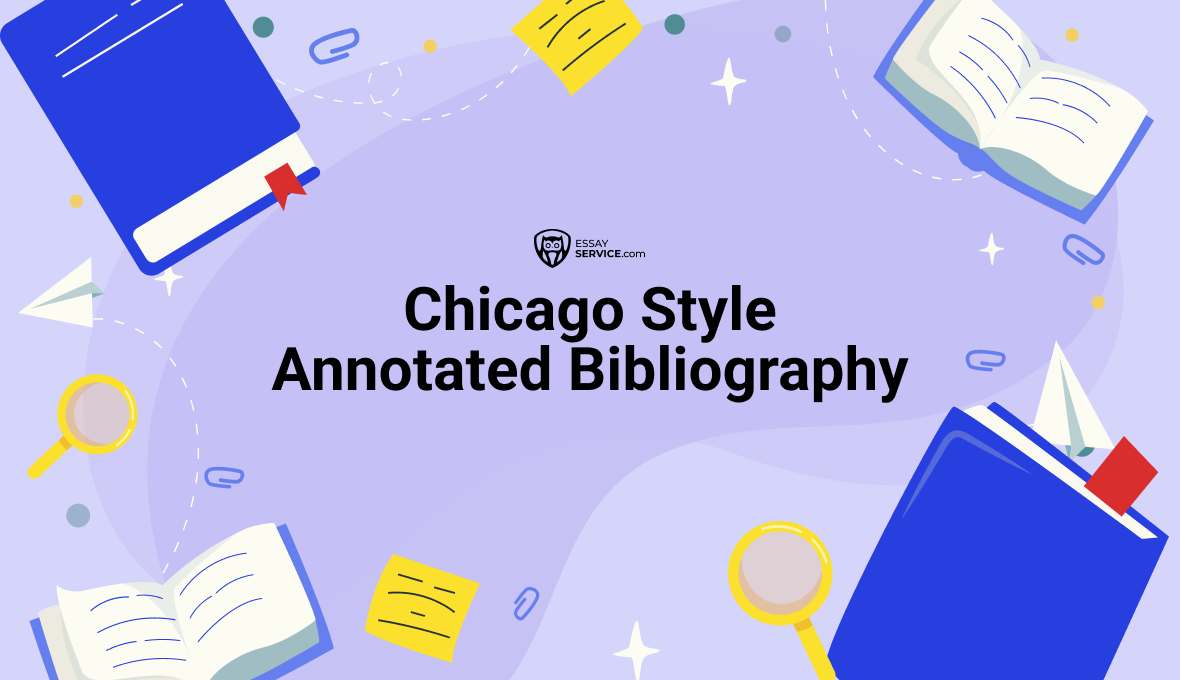.png)
How to Write a Narrative Essay: Types, Tips & Examples
Narrative essays are often assigned in school, but tackling them can leave many students feeling unsure. If you're one of them, fear not! This article has your back. We'll break down the ins and outs of writing a narrative essay, simplifying the process with easy-to-follow strategies and practical examples. By the time you finish reading, you'll not only understand the significance of these essays but also feel confident in crafting your own compelling piece.
What is a Narrative Essay?
A narrative essay is a type of writing that tells a story. It allows you to share a personal experience with your readers, where you take them on a journey through events, emotions, and insights. In this type of essay, you're not just presenting facts or arguing a point; instead, you're crafting a tale that engages your audience and leaves them with a deeper understanding of the topic or theme.
In narrative essays, you're the protagonist—the main character whose journey the readers follow. You might recount a significant event from your own life, share an anecdote that illustrates a broader theme, or even invent a fictional story. Whatever the case, the key is to draw your audience in and keep them engaged from beginning to end.
According to our narrative essay writing service, what makes these essays so potent is their ability to forge a personal connection. When you open up about your own experiences, challenges, and victories, you forge a bond with your readers. They see themselves mirrored in your narrative, gaining a deeper insight into the human condition.
4 Types of Narrative Writing
When writing a narrative essay, it's important to understand the different types of narratives, as each serves its own purpose. Here are four common types explained by our paper service experts:
- Linear Narrative follows a straightforward chronological order, with events unfolding from start to finish. Think of it like following a timeline—it's clear and easy to follow. For example, 'The Hobbit' by J.R.R. Tolkien takes readers on Bilbo Baggins' journey step by step.
- Non-linear Narrative doesn't stick to a strict timeline. They might jump back and forth in time, revealing details bit by bit. 'Memento,' a film by Christopher Nolan, unfolds in reverse order, keeping viewers guessing.
- Quest Narrative focuses on a character's journey to achieve a goal or find something important. Along the way, they face challenges and grow as individuals. Think of 'The Odyssey' by Homer, where Odysseus ventures home after the Trojan War, encountering trials and adventures.
- Viewpoint Narrative centers on who's telling the story—whether it's a character within the tale (first-person) or an outside observer (third-person). It affects how readers perceive events. Take 'To Kill a Mockingbird' by Harper Lee, where Scout Finch shares her experiences growing up in the American South, giving us a personal insight into the story.
.png)
Narrative Essay Structure
Much like an explanatory essay, narrative essays differ in length and structure – but there are some universal basics. Its structure typically follows a simple yet effective format: introduction, body paragraphs, and conclusion.
Introduction:
- The introduction sets the stage for your narrative essay by providing background information and context.
- It includes a hook to grab the reader's attention, such as a compelling anecdote, quote, or question.
- The introduction also contains the thesis statement, which outlines the main point or purpose of your essay.
Body Paragraphs:
- The body paragraphs develop the main ideas or events of your narrative essay.
- Each body paragraph focuses on a specific aspect of the story, providing vivid descriptions, sensory details, and dialogue to engage the reader.
- Transitional phrases help maintain the flow between paragraphs and guide the reader through the narrative.
Conclusion:
- The conclusion wraps up your narrative essay by summarizing the main points and reflecting on the significance of the story.
- It may restate the thesis in different words and leave the reader with a lasting impression or takeaway.
- Avoid introducing new information in the conclusion; instead, focus on reinforcing the central message of your narrative.
Narrative Essay Format
The format style of a narrative essay follows standard guidelines, but it also allows for creative expression and personal style. Here's how to format your narrative essay:
Font and Margins:
- Use a legible font such as Times New Roman or Arial, typically in size 12.
- Set 1-inch margins on all sides of the document for readability.
Title Page:
- While narrative essays often don't require a title page, follow any specific instructions provided by your instructor or institution.
Introduction:
- Begin your essay with a clear and concise introduction that captures the reader's attention and introduces the main theme or topic.
Body Paragraphs:
- Develop your narrative in the body paragraphs, using descriptive language and vivid details to bring your story to life.
- Organize the body paragraphs logically, following a chronological or thematic sequence.
Conclusion:
- End your essay with a reflective conclusion that reinforces the central message of your narrative and leaves a lasting impression on the reader.
Citations:
- If you include any references or quotes in your narrative essay, cite them properly according to the required citation style (e.g., MLA, APA).
Proofreading:
- Before submitting your narrative essay, thoroughly proofread it for grammar, punctuation, and spelling errors to ensure clarity and professionalism.

Narrative Essay Outline
Creating an outline for an essay is an essential step in the writing process, especially for narrative essays. It helps you organize your thoughts and structure your narrative effectively. Here's a simple outline template for writing narrative essay:
Introduction:
- Hook: Engage the reader with an intriguing opening sentence or question.
- Background Information: Provide context and set the stage for your narrative.
- Thesis Statement: State the main point or purpose of your essay.
Body Paragraphs:
- Paragraph 1: Introduce the setting and main characters.
- Paragraph 2: Present the conflict or main event of the story.
- Paragraph 3: Describe the rising action and any obstacles faced.
- Paragraph 4: Explore the climax or turning point of the narrative.
- Paragraph 5: Reflect on the resolution and lessons learned.
Conclusion:
- Restate the thesis statement in different words.
- Summarize the main points of the narrative.
- Offer final thoughts or reflections on the significance of the story.
How to Write a Narrative Essay?
To transform your narrative essay from good to outstanding, focus on portraying your characters effectively. Here's how to write a narrative essay step by step:
- Develop Depth: Avoid one-dimensional characters. Instead, delve into their backgrounds, motivations, and fears. Provide readers with insights into their past experiences and how these shape their actions and decisions within the narrative.
- Show Conflicts: Introduce conflicts that challenge your characters and reveal their strengths, weaknesses, and complexities. This could be internal conflicts such as moral dilemmas or external conflicts like facing societal pressures or navigating relationships.
- Create Authentic Dialogue: Dialogue is a powerful tool for character development. Craft dialogue that reflects each character's unique voice, background, and personality. Pay attention to speech patterns, vocabulary, and mannerisms to make the dialogue feel authentic.
- Highlight Transformation: A compelling narrative often involves characters undergoing growth or transformation. Show how your characters evolve over the course of the story, whether it's overcoming obstacles, confronting their fears, or experiencing moments of self-discovery.
- Avoid Stereotypes: Challenge stereotypes and clichés by creating characters that defy expectations. Subvert stereotypes by giving your characters depth and complexity, allowing readers to see them as individuals rather than archetypes.
- Show Vulnerability: Vulnerability humanizes characters and makes them more relatable. Don't be afraid to show your characters' flaws, insecurities, and moments of weakness. It adds depth to their personalities and fosters empathy from your audience.
For further assistance, you can always ask us, 'Write my essay.' We're here to provide a top-notch sample essay to help you grasp the theory and apply it effectively in your writing.
.png)
Narrative Essay Topics
Finding the right topic is crucial for crafting a compelling piece. Whether drawing from personal experiences or exploring fictional scenarios, here are 30 thought-provoking narrative essay ideas from our essay writer to inspire your writing:
- Describe a time when you disconnected from technology and how it impacted your life.
- Share a story of losing something valuable and the unexpected way you found it.
- Recount an exciting adventure or exploration you embarked on during the late hours.
- Reflect on a lesson you learned from a chance encounter with a stranger on the street.
- Describe how you discovered a hidden talent or skill you never knew you had.
- Tell the story of someone unexpected who came to your rescue in a time of need.
- Recollect a memorable experience spent stargazing or camping under the night sky.
- Imagine an alternate reality or parallel universe and describe a day in your life there.
- Share a story of receiving a mysterious package and what was inside.
- Reflect on a moment when a specific song or playlist had a profound impact on your mood or emotions.
- Describe a hidden or secret place you discovered and what it means to you.
- Imagine having an invisible superpower and narrate a day in your life using it.
- Share a story of befriending someone you least expected to become close with.
- Reflect on a significant moment captured in a photograph and its backstory.
- Imagine burying a time capsule and describe the items you would include and why.
- Narrate a story from the perspective of an inanimate object witnessing a significant event.
- Describe a fictional potion with extraordinary powers and its effects on those who consume it.
- Share a humorous anecdote or joke that left a lasting impression on you.
- Recount a conversation overheard in passing that stuck with you.
- Reflect on a metaphorical or literal storm you weathered and the lessons learned.
What Makes a Good Narrative Essay?
Crafting a compelling narrative essay requires more than just stringing together a series of events. It's about creating an immersive experience that captivates readers and leaves a lasting impression. Whether you order essay online or tackle it yourself, consider these key elements that contribute to the success of your essay:
- Compelling Conflict: Every narrative hinges on a central conflict that drives the story forward and engages readers. Whether it's personal struggles, moral dilemmas, or external obstacles, ensure the conflict resonates with the essay's theme.
- Character Development: Characters breathe life into your narrative. Dedicate time to developing characters with depth, complexity, and relatability. Show their growth, relationships, and transformations throughout the story.
- Thematic Depth: Dive beneath the surface of storytelling to explore profound themes and insights about the human experience. Whether it's love, loss, identity, or resilience, offer readers something to contemplate and reflect upon.
- Emotional Impact: Stir readers' emotions by crafting poignant moments, using evocative language, and conveying authentic emotions. A powerful narrative essay evokes empathy, joy, sadness, or inspiration.
- Reflective Closure: Conclude your essay with a reflective ending that ties up loose ends, provides closure, and leaves readers pondering. Reflect on the story's significance and its broader implications for the narrator or the world around them.
Narrative Essay Examples
Get ready for a treat! Below are two fantastic examples of narrative essays. These stories will paint a vivid picture of how to craft your own personal essays with flair and finesse.
To Sum Up
As we wrap up, we trust you're walking away with a brighter understanding of how to write a narrative essay than when you began. You're now equipped with the know-how to tackle these essays, and we hope we've lightened your coursework load, even just a tad. If that's the case, remember, our experts are here to help. You can always buy essay online and receive a sample paper tailored to your assignment.
Frequently asked questions
What is a Narrative Essay?
A narrative essay is a type of writing where you tell a story about a personal experience or event. It's like storytelling in written form, where you share your thoughts, feelings, and insights about what happened. The goal is to engage the reader and take them on a journey through your experience, using vivid descriptions and storytelling techniques.
How to Start a Narrative Essay?
To start a narrative essay, begin by brainstorming ideas for your story. Think about a significant event or moment in your life that you want to share. Then, create a captivating opening that grabs the reader's attention. You could start with a dramatic scene, an intriguing question, or a reflective statement. The key is to hook the reader from the beginning and make them want to keep reading to find out what happens next.
What are the Steps to Writing a Narrative Essay?
The steps to writing narrative essays involve planning, drafting, revising, and editing.
- Start by outlining the key events and details of your story.
- Then, write a rough draft focusing on capturing the essence of your experience.
- Once you have a draft, revise it for clarity, coherence, and emotional impact.
- Pay attention to the pacing, dialogue, and descriptive language.
- Finally, edit your essay for grammar, punctuation, and spelling errors to ensure it's polished and ready to be shared.
New posts to your inbox!
Your submission has been received!




